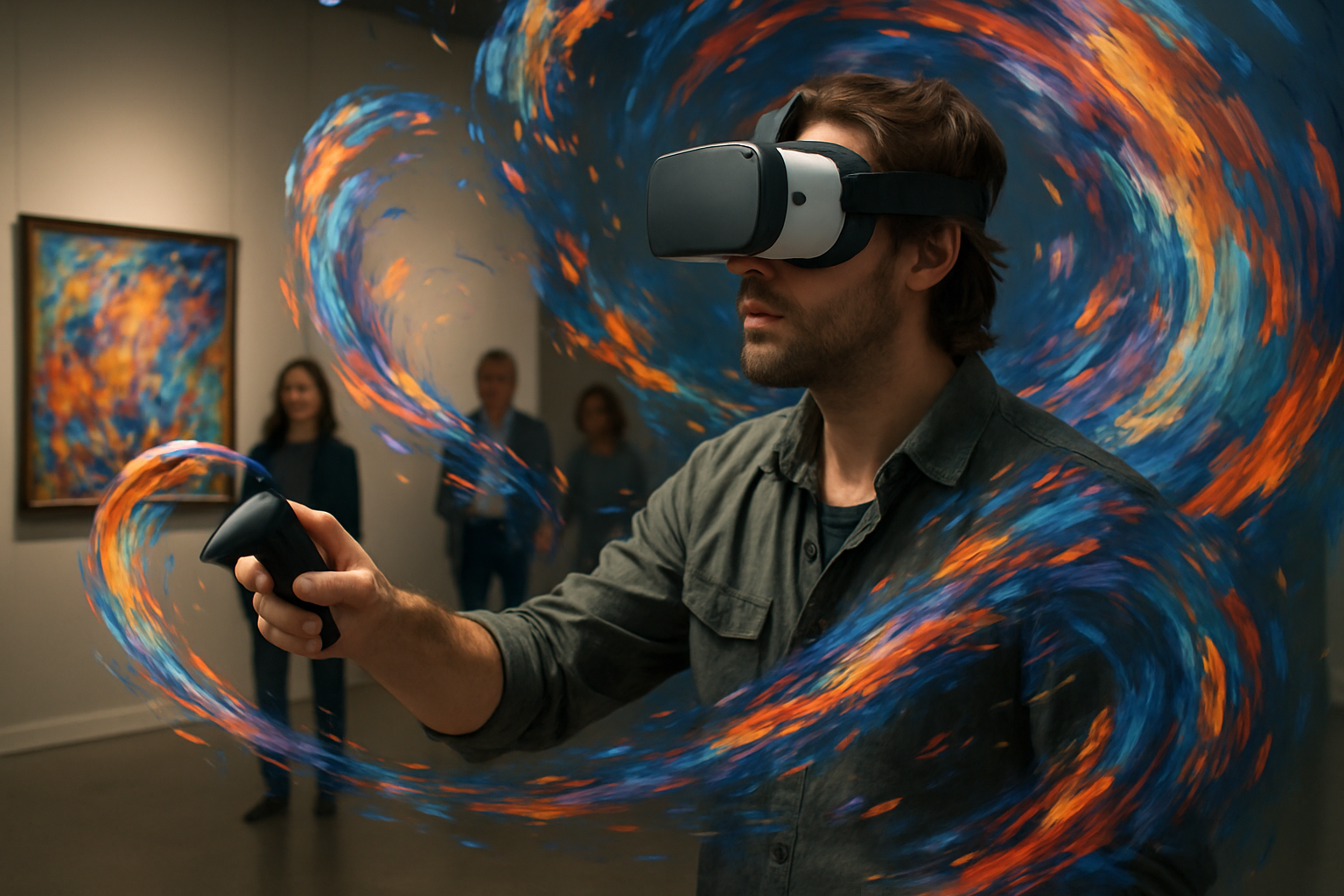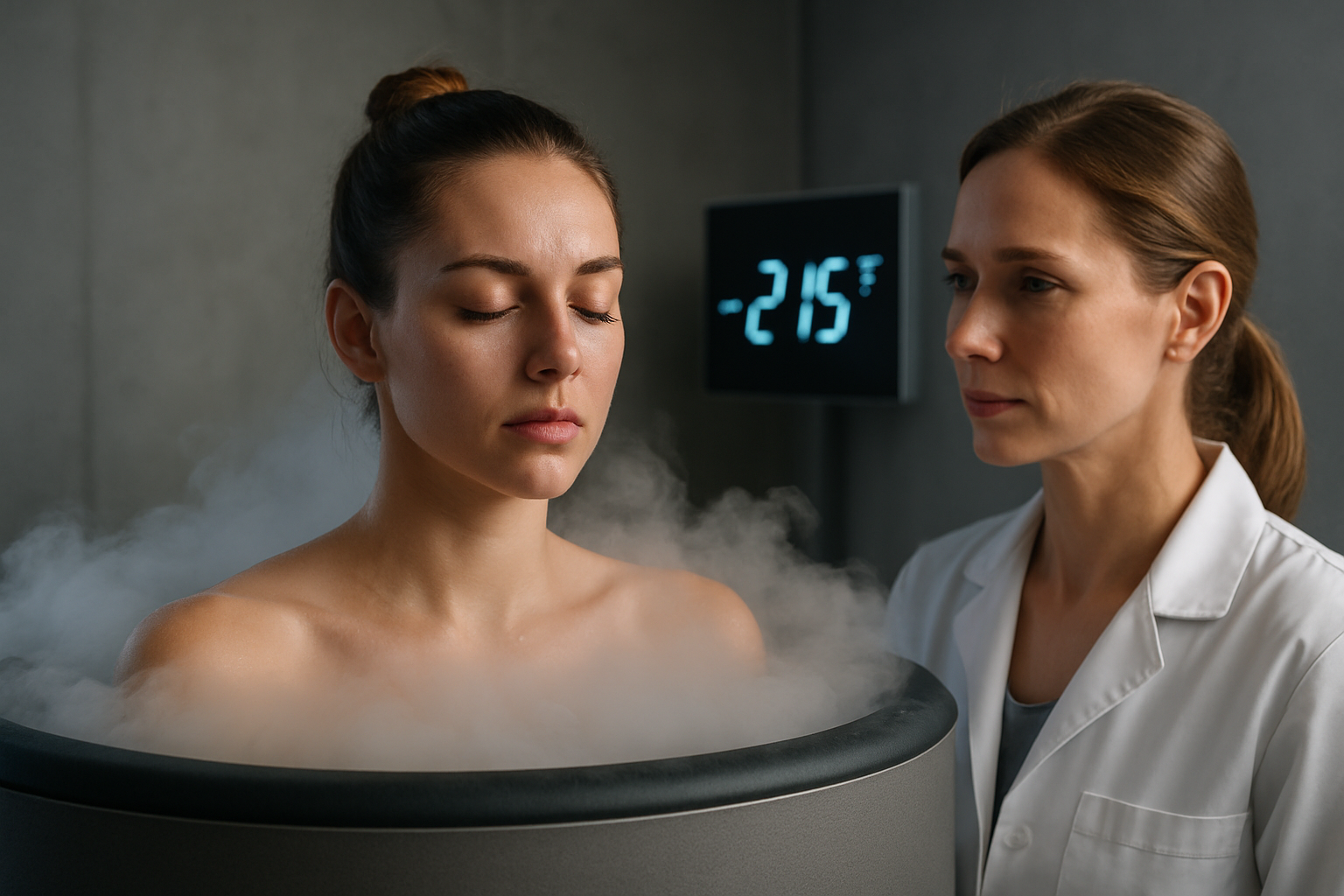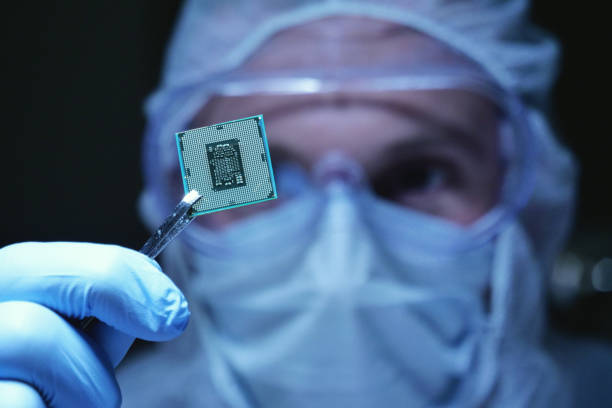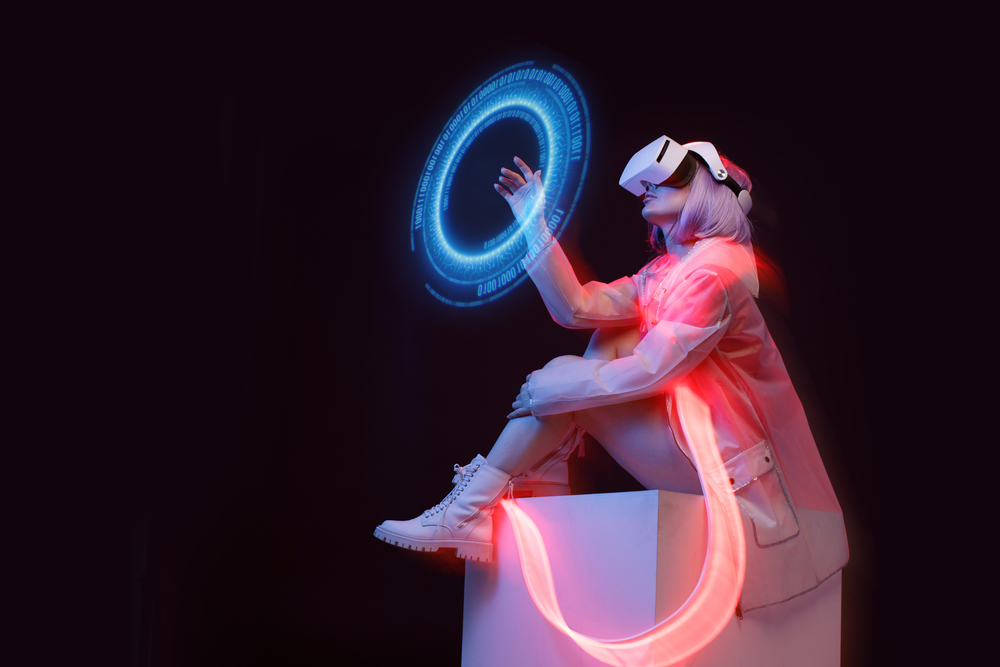Digital Art Reinvention: The Canvas of Virtual Reality
In the ever-evolving landscape of artistic expression, a groundbreaking fusion of technology and creativity is reshaping our perception of visual art. Virtual Reality (VR) has emerged as a revolutionary medium, offering artists an immersive canvas that transcends the limitations of traditional mediums. This transformative approach to art creation and consumption is not merely a fleeting trend, but a paradigm shift that promises to redefine the boundaries of artistic possibility and viewer engagement.

Breaking the Fourth Wall
Unlike traditional art forms constrained by physical limitations, VR art shatters the barrier between viewer and artwork. Artists can create immersive environments that viewers physically enter, allowing for unprecedented levels of interaction and engagement. This dissolution of the fourth wall transforms the audience from passive observers to active participants, fundamentally altering the relationship between creator, creation, and consumer.
The Tools of the Trade
The evolution of VR art has been accompanied by the development of sophisticated tools and platforms designed specifically for artistic creation in virtual spaces. Software like Medium by Adobe and Quill by Facebook enable artists to sculpt, paint, and animate in three dimensions with intuitive controls that mimic real-world art-making processes. These tools democratize access to VR art creation, allowing both seasoned professionals and newcomers to explore the medium’s potential.
Galleries Without Walls
The rise of VR art has sparked a reimagining of how art is exhibited and experienced. Virtual galleries and museums have emerged, offering curated collections of VR artworks accessible from anywhere in the world. Platforms like VRChat and Mozilla Hubs host virtual exhibitions that attract global audiences, fostering a new ecosystem for art appreciation and commerce that transcends geographical boundaries.
The Intersection of Art and Technology
As VR technology continues to advance, so too does the sophistication and ambition of VR artworks. Artists are increasingly collaborating with technologists to push the boundaries of what’s possible within virtual spaces. From data-driven visualizations that transform abstract concepts into navigable environments to AI-assisted creations that evolve in real-time, the intersection of art and technology in VR is yielding works of staggering complexity and innovation.
Challenges and Criticisms
Despite its potential, VR art faces several challenges. The cost and technical requirements of VR hardware remain barriers to widespread adoption. Critics argue that the medium’s reliance on technology may overshadow artistic substance, while others question the longevity and preservation of digital artworks. Additionally, concerns about the physical and psychological effects of prolonged VR exposure have prompted discussions about responsible creation and consumption practices.
The Future Canvas
As VR technology becomes more sophisticated and accessible, the future of VR art appears boundless. Emerging technologies like haptic feedback and brain-computer interfaces promise to further blur the lines between virtual and physical realities, opening new avenues for artistic expression and audience engagement. The potential for VR art to revolutionize fields beyond fine art, including education, therapy, and scientific visualization, hints at its far-reaching impact on society.
Conclusion
Virtual Reality art represents a seismic shift in the landscape of creative expression, offering unprecedented opportunities for immersion, interaction, and innovation. As artists continue to explore and expand the possibilities of this medium, we stand on the brink of a new renaissance in visual art. The canvas of Virtual Reality invites us to reimagine not just how we create and consume art, but how we perceive and interact with the world around us. In this digital frontier, the only limit is imagination itself.





